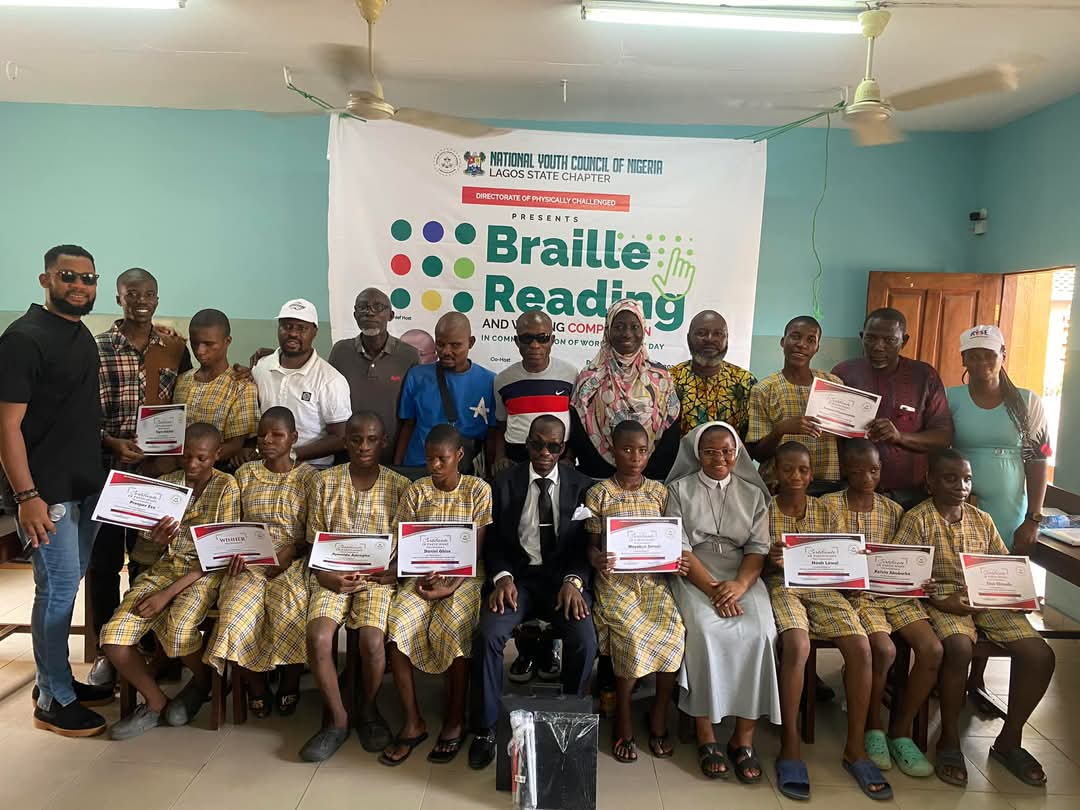Effective teaching involves more than just delivering content; it requires strategies that help students grasp and retain knowledge.
Let’s consider ten ways teachers can facilitate understanding in the classroom
1. Active Learning
Active learning engages students directly in the learning process. Instead of passively listening to lectures, students participate in activities like group discussions, problem-solving sessions, and hands-on projects. This approach helps deepen understanding and encourages critical thinking.
Example: Incorporate think-pair-share activities where students think about a question individually, discuss their thoughts with a partner, and then share with the class.
2. Differentiated Instruction
Recognising that students have diverse learning needs, differentiated instruction tailors teaching methods and materials to accommodate different learning styles and abilities. This can include varying content, processes, products, and learning environments.
Example: Use multiple representations of information such as visual aids, written text, and oral explanations to cater to visual, auditory, and kinesthetic learners.
3. Scaffolded Learning
Scaffolding involves providing temporary support to students as they develop new skills or understand new concepts. As students become more proficient, the support is gradually removed.
Example: When introducing a new math concept, start with guided practice with teacher support, then move to collaborative group work, and finally, independent practice.
4. Formative Assessment
Formative assessments are informal checks of student understanding conducted during the learning process. They provide immediate feedback to both teachers and students, allowing for adjustments in instruction.
Example: Use exit tickets where students write down one thing they learned and one question they still have at the end of the lesson.
5. Clear and Concise Instructions
Clear instructions help students understand expectations and procedures. When instructions are concise and specific, students can follow them more easily, reducing confusion and enhancing comprehension.
Example: Break down complex tasks into step-by-step instructions and check for understanding before students begin the task.
6. Use of Visual Aids
Visual aids like charts, diagrams, and videos can enhance understanding by providing visual representations of concepts. They can make abstract ideas more concrete and accessible.
Example: Use a Venn diagram to compare and contrast two historical events, helping students visualise similarities and differences.
7. Relating Content to Real-Life
Connecting academic content to real-life situations makes learning more relevant and engaging. It helps students see the practical applications of what they are learning.
Example: When teaching physics, demonstrate principles of motion by discussing how they apply to driving a car or playing sports.
8. Encouraging Questions
A classroom environment that encourages questions fosters curiosity and deeper understanding. Students should feel comfortable asking questions without fear of judgment.
Example: Allocate time during and after lessons for students to ask questions and ensure all queries are addressed thoughtfully.
9. Interactive Technology
Integrating technology can enhance learning by providing interactive and engaging tools. Educational software, online resources, and interactive whiteboards can make learning more dynamic.
Example: Use educational apps that allow students to interact with simulations and virtual labs, giving them hands-on experience in a digital format.
10. Building a Supportive Classroom Environment
A supportive and inclusive classroom environment encourages students to take intellectual risks. When students feel safe and respected, they are more likely to participate actively and engage deeply with the material.
Example: Establish classroom norms that promote respect, collaboration, and a growth mindset, and consistently reinforce these values.
Facilitating understanding in the classroom requires a multifaceted approach that caters to the diverse needs of students. By implementing these ten strategies, teachers can create a learning environment that not only conveys information but also promotes deep, meaningful learning.











